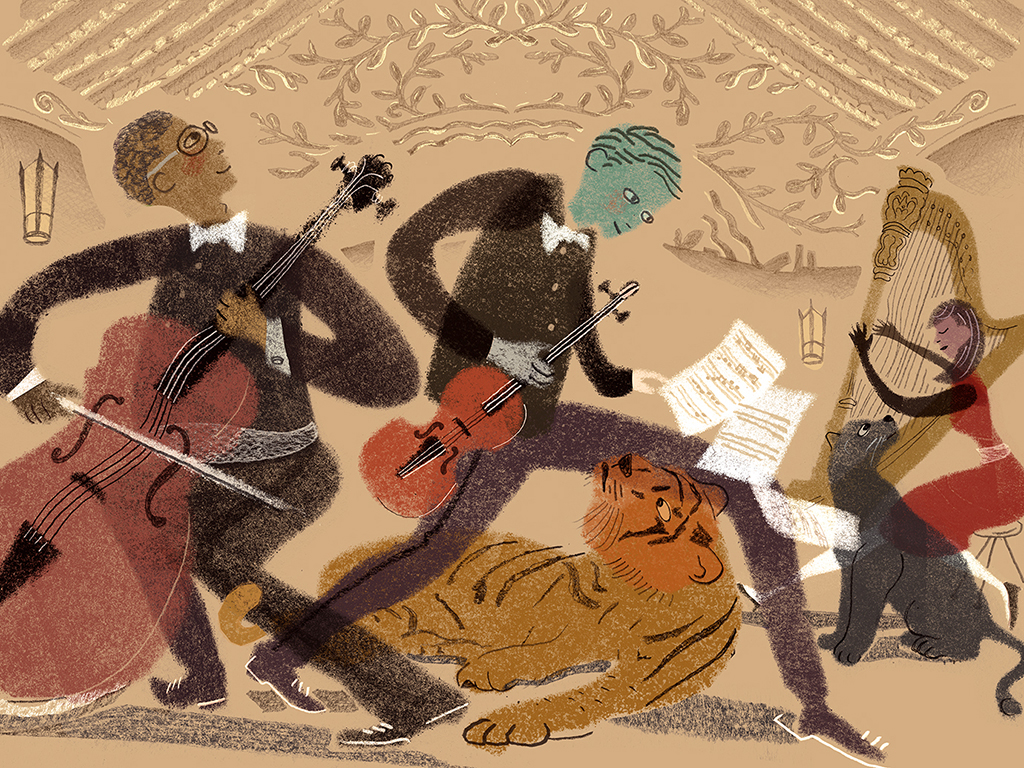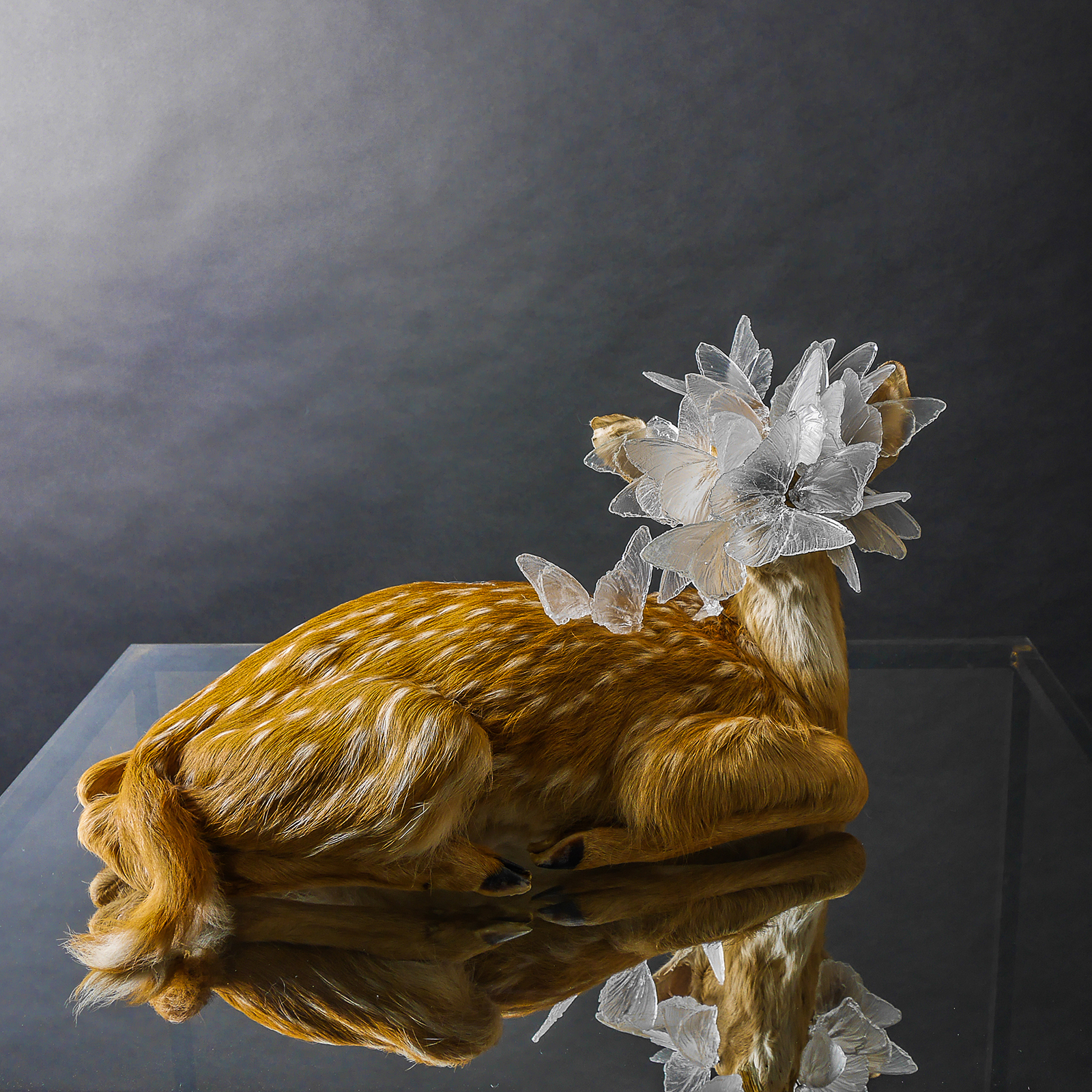The director of Reinberger Gallery at the Cleveland Institute of Art talks about “There’s no basement at the Alamo,” the 2019 CIA Alumni Exhibition. The opening reception is from 5 to 8 p.m. July 12. The exhibition runs through Aug. 16.
What can visitors look forward to from the 2019 Alumni Exhibition?
Visitors can look forward to engaging with an exciting, diverse array of artworks that are captivating to see and representative of a fun, upbeat atmosphere. In its second year, the Alumni Show is being hosted for the first time in the Reinberger Gallery. As an alum myself, I am thrilled to be a part of hosting an exhibition as an extension of Reinberger programming that continues to support the work and careers of fellow alumni.
What can you tell us about this year’s curator, moCa Cleveland chief curator Courtenay Finn, and what she brings to this year’s show?
This year offered us the unique opportunity to work with a curator who is also a CIA alum. Courtenay has brought with her a wealth of curatorial experience from her time as curator at Art in General (in New York City) and at Aspen Art Museum (in Aspen, Colo.) to her current appointment as chief curator of moCa Cleveland. She understands a part of CIA’s identity, particularly what it means to be an artist. Courtenay has treated this process like she would any other curatorial project — as an extension of her practice. This is exciting because it gives the audience a closer look at one of the many different creative careers that our alumni pursue.
Will you shed light on how the title of the exhibition, “There’s no basement at the Alamo,” ties in with the artwork selected?
The title comes from a line from the beloved cult classic film “Pee-wee’s Big Adventure” (1985). If you’ve seen the movie, then you know it’s an endearing, wild, atmospheric road-trip romp full of heart and not short on spectacular imagery. The artwork in this show evokes those qualities of content and visual sensibility.

CIA offers a wide range of majors. To what extent are they represented in this alumni show and how might that have informed Finn’s decision-making process?
While Courtenay was reviewing the work in the beginning stages of the process, she was captivated by the breadth and quality of the submissions. In order to proceed with the difficult selection process, she naturally began organizing works into thematic groupings — and from that, the curatorial theme organically emerged. This curatorial approach became the thematic structure for her selection process.
In what ways does the alumni exhibition showcase what CIA has to offer as an institution?
I think you’ll find that there are many artists in this show who work in interdisciplinary ways. When walking through the exhibition, you’ll see one-time fiber majors who work in the design field, painters who make sculptures, photographers who make mixed-media collage. I think it shows how CIA has always supported cross-pollination between makers and thinkers of all kinds.
Lead image: “The big curtain” by Karolena Kuhn courtesy of the Cleveland Institute of Art.











